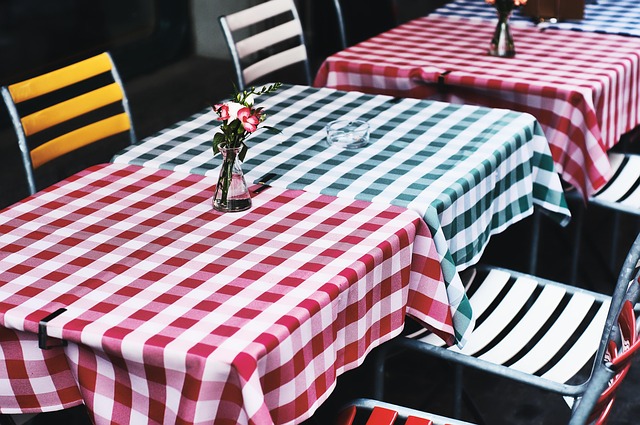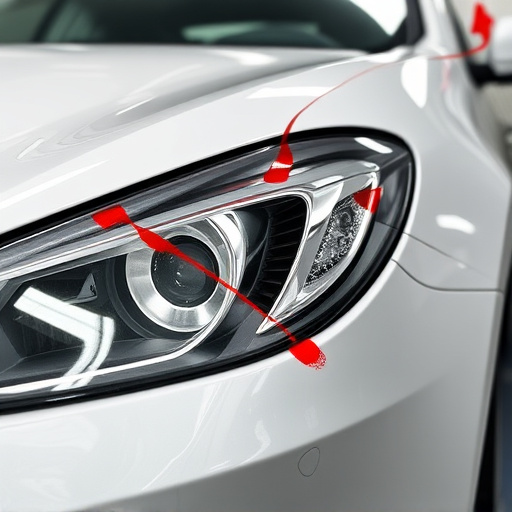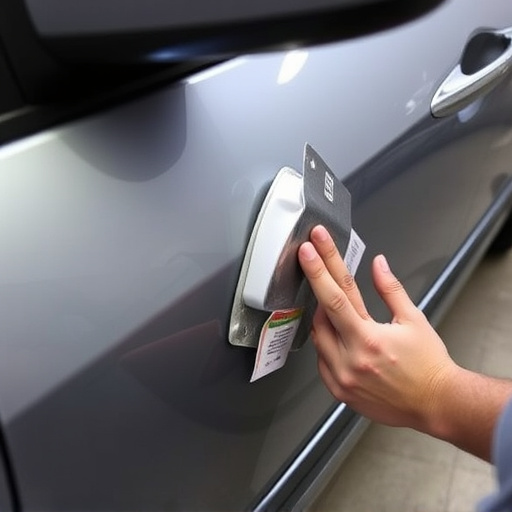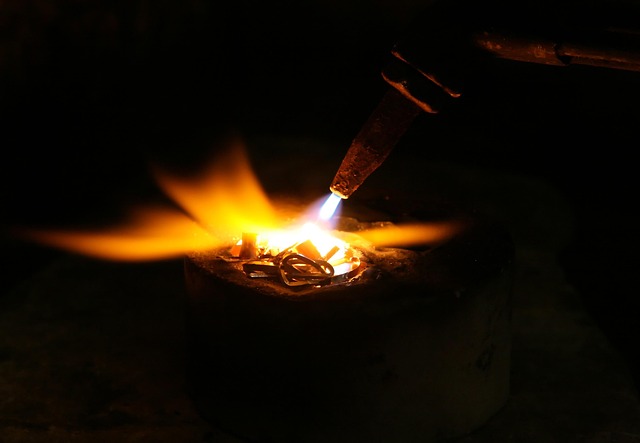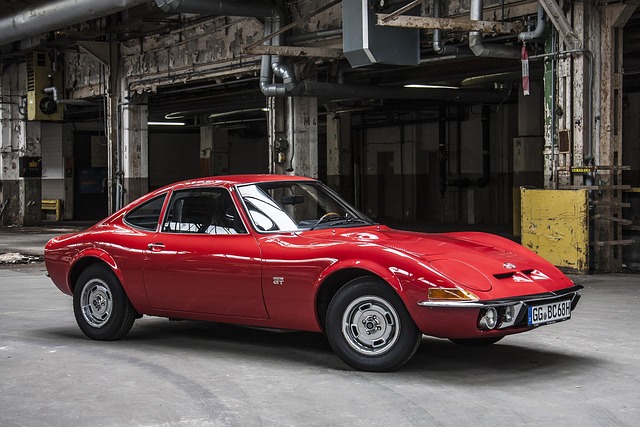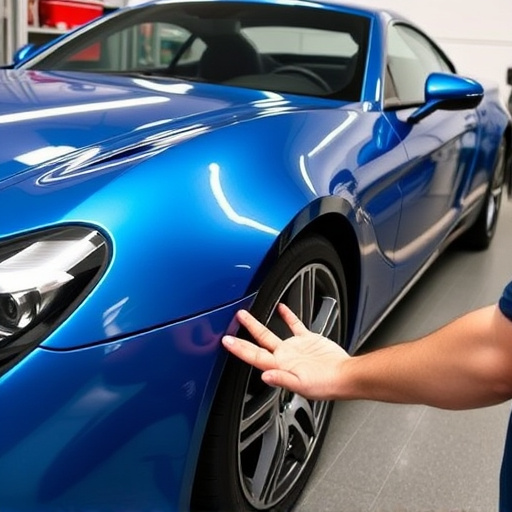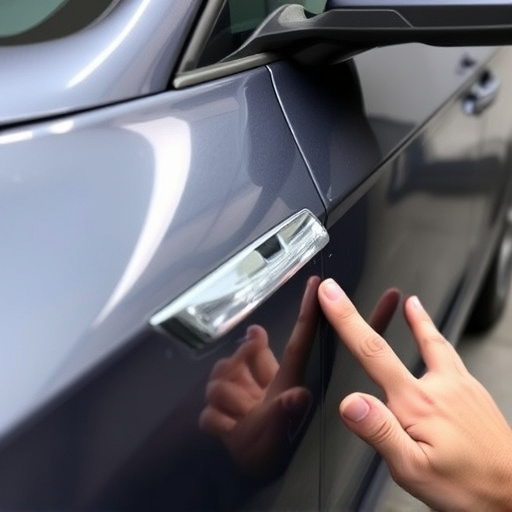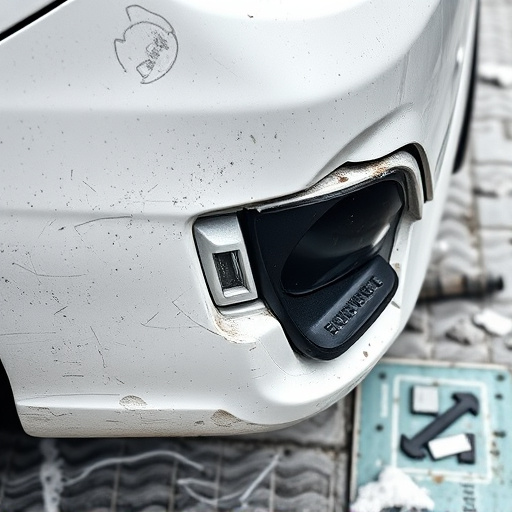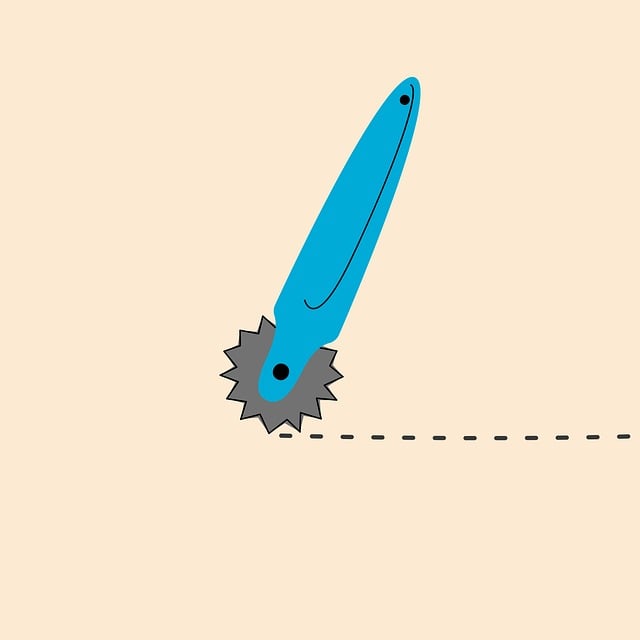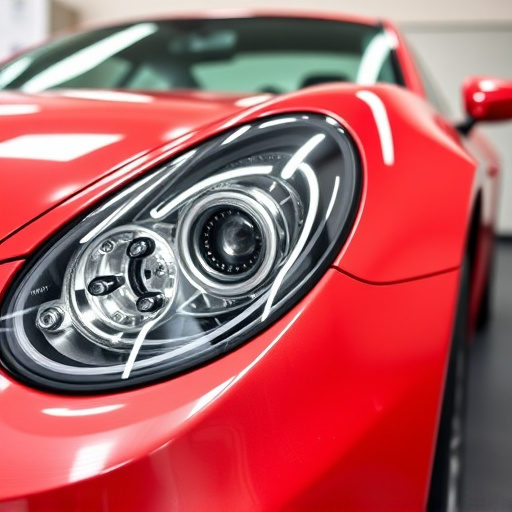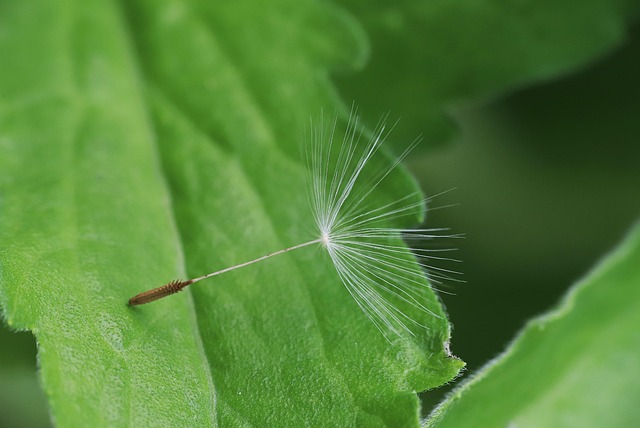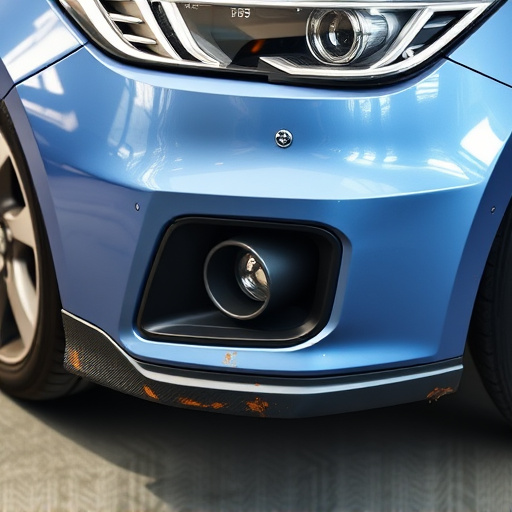Advanced technologies like CAD software and 3D scanning have revolutionized crash worthiness restoration in today's digital age, enabling precise measurements, digital blueprints, and comprehensive damage analysis. Standardized restoration procedures ensure high quality control through meticulous assessments and adherence to manufacturer specs, enhancing communication and minimizing errors. Rigorous quality assurance checks using specialized tools detect and rectify imperfections, meeting original manufacturer standards for structural integrity, aesthetic appeal, and vehicle safety.
In the realm of automotive repair, ensuring accurate crash worthiness restoration is paramount for safety. This comprehensive guide explores advanced tools and techniques employed by professionals to achieve optimal results. From sophisticated technology for detailed crash analysis to standardized procedures guaranteeing consistency, each step ensures structural integrity and performance. Rigorous quality assurance checks and validation processes further reinforce the accuracy of repairs, making modern crash worthiness restoration a symphony of science and skill.
- Advanced Technology for Crash Analysis
- Standardized Restoration Procedures
- Quality Assurance Checks and Validation
Advanced Technology for Crash Analysis
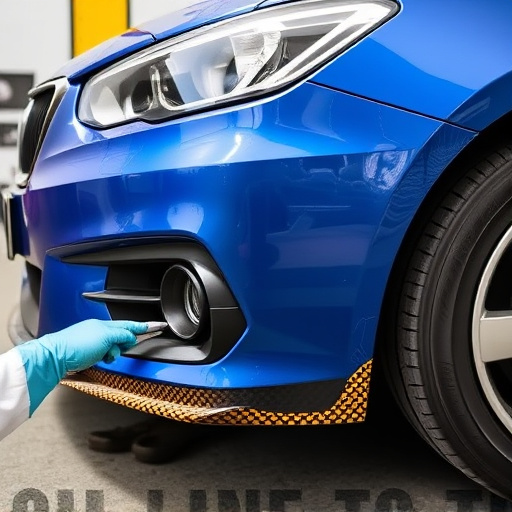
In today’s digital era, advanced technology plays a pivotal role in ensuring accurate crash worthiness restoration results at a collision repair shop. Tools like computer-aided design (CAD) software and 3D scanning have revolutionized car body repair processes. CAD systems enable technicians to create precise digital blueprints of vehicles, facilitating exact measurements and replacements of damaged parts. Meanwhile, 3D scanning technology captures detailed images of vehicle structures, allowing for a comprehensive analysis of collision damage and its subsequent repair.
These innovative tools not only streamline the vehicle collision repair process but also enhance accuracy and efficiency. By leveraging data-driven insights, collision repair technicians can perform more precise work, ensuring that each component is restored to its pre-collision condition. This meticulous approach guarantees that the final product meets the highest standards of crash worthiness, delivering peace of mind to vehicle owners and safety on the roads.
Standardized Restoration Procedures
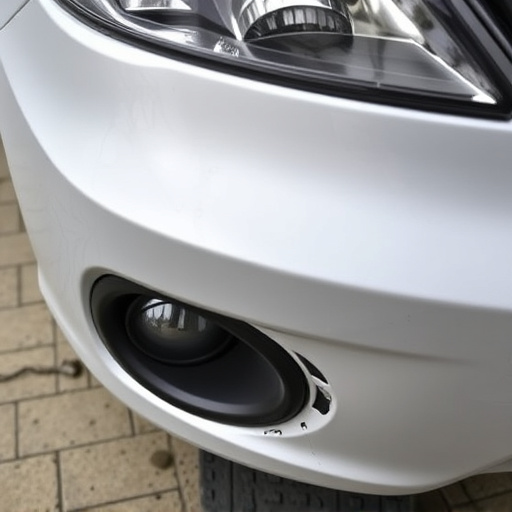
Standardized Restoration Procedures play a pivotal role in ensuring that every crash worthiness restoration process yields accurate and consistent results. By implementing uniform protocols across all auto repair services, vehicle collision repair specialists can maintain high levels of quality control. This involves meticulous steps for assessing damage, disassembling components, and meticulously repairing or replacing parts to pre-incident condition. Standardized procedures also ensure that every detail, from panel alignment to paint finish, adheres to manufacturer specifications.
Moreover, these protocols facilitate effective communication among team members, minimizing errors and enhancing efficiency during the restoration process. By adhering to standardized practices, auto painting experts can guarantee a seamless blend of new and repaired sections, ensuring both aesthetics and structural integrity. This commitment to consistent, high-quality crash worthiness restoration is what ultimately safeguards the safety and value of vehicles post-collision.
Quality Assurance Checks and Validation
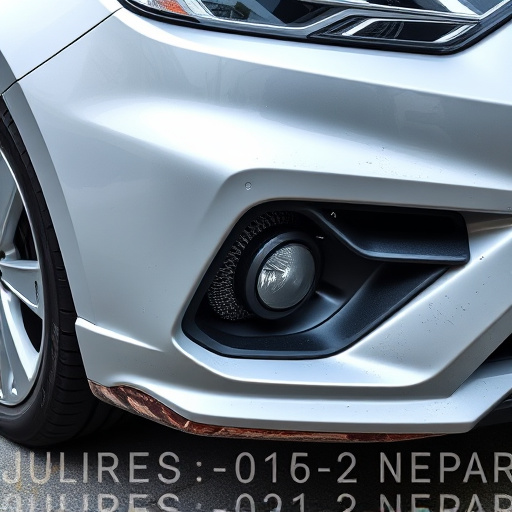
Ensuring accurate crash worthiness restoration involves rigorous quality assurance checks and validation processes. These steps are crucial to guarantee that every aspect of the car’s bodywork, from panel alignment to paint consistency, meets original manufacturer standards. Specialized tools designed for precise measurements and comparison analyses play a pivotal role in this process. By employing these advanced tools, automotive restorers can accurately assess and rectify any imperfections, ensuring the restored vehicle retains its structural integrity and aesthetic appeal.
Quality assurance checks encompass various techniques, including 3D scanning to capture detailed car body profiles, and color matching technologies that precisely replicate original paint jobs. These methods enable restorers to detect even subtle discrepancies in dent removal and car bodywork repairs, correcting them before final assembly. Such meticulous validation is essential for maintaining the safety and value of vehicles undergoing crash worthiness restoration, ensuring they meet the highest standards of quality and performance.
To ensure top-notch crash worthiness restoration, leveraging advanced technology for crash analysis, implementing standardized procedures, and conducting rigorous quality assurance checks and validation is paramount. These integrated practices not only guarantee precise results but also contribute to the safety and reliability of vehicles post-restoration. By adhering to these standards, professionals can deliver high-quality crash worthiness restoration services that meet industry benchmarks.
